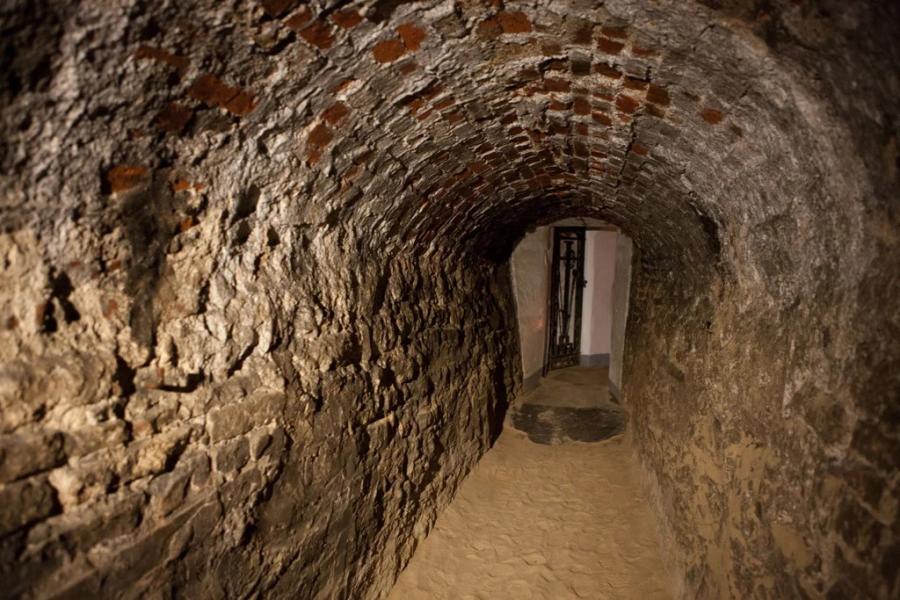The non-invasive muonography method created at MEPhI for studying large objects made it possible to conduct a study of the caves of the famous Pskov-Pechersky Monastery. As a result, previously unknown large cavities were discovered - real underground rooms and streets.

The search for cavities inside large objects using muonography methods, that is, by analyzing how subatomic particles formed in the upper layers of the Earth's atmosphere - muons - penetrate the object, and what part of them is absorbed along the way, began to develop back in the 1930s. However, it was not widely used due to the bulkiness and capriciousness of muon detectors.
In recent years, muonography has experienced a renaissance due to the availability of efficient nuclear emulsions on the market. By the way, one of the two existing emulsion manufacturers in the world is the Slavich company in Pereslavl-Zalessky. Today, with the help of muonography, they study archaeological objects, the walls of blast furnaces and nuclear reactors, and search for minerals. In 2016, muons helped discover a previously unknown cavity in the Cheops pyramid.
In 2022, for developing their own muonography method and using it to study the buildings and territory of the Trinity Danilov Monastery, a group of scientists received the Makariev Prize in Natural Sciences. Among the recipients were MEPhI Rector Vladimir Shevchenko, acting Director of the Institute of Fundamental Problems of Social Sciences and Humanities of the MEPhI Alexey Larionov and Professor of the MEPhI, Chief Researcher of the Lebedev Physical Institute Natalya Polukhina.
The new project was associated with a muonographic study of the underground premises of the Holy Dormition Pskov-Pechersky Monastery, during which unknown rooms and corridors were discovered, including a continuation of an underground street that ended in a dead end. The discoveries are all the more interesting because, according to one legend, treasures captured by Ivan the Terrible in the defeated Novgorod are hidden in the Pskov-Pechersky Monastery.





